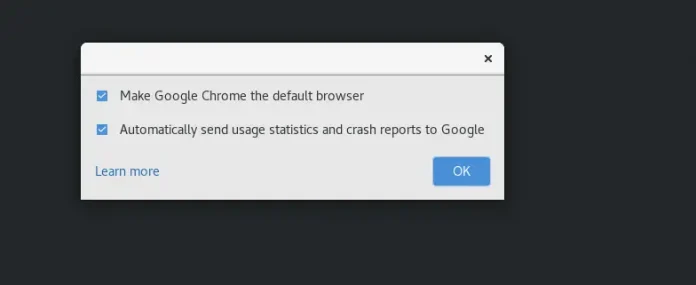PHP exit() Function: In PHP, the exit() function prints a message and exits the application. It’s often used to print a different message in the event of a mistake. Use exit() when there is not an error and have to stop the execution.
Syntax:
exit("Message goes here");
or
exit();
Example:
exit("This request is processed");
Program 1:
PHP
<?php exit ("This is an exit function in php"); echo "This will not printed because " . "we have executed exit function";?> |
Output:
This is an exit function in php
Program 2:
PHP
<?php $a = 10; $b = 10.0; if($a == $b) { exit('variables are equal'); } else { exit('variables are not equal'); }?> |
Output:
variables are equal
PHP die() Function: In PHP, die() is the same as exit(). A program’s result will be an empty screen. Use die() when there is an error and have to stop the execution.
Syntax:
die("Message goes here");
or
die();
Example:
die('Oops! Something went wrong');
Program:
PHP
<?php $num = 1; // die can only print string values, // hence there will be no output die($num);?> |
Output:
No Output
Note: The output for the above program will be an empty screen because it is similar to exit(), die() can print only string values.
Differences between die() and exit() Functions:
|
die() |
exit() |
|---|---|
| The die() method is used to throw an exception | The exit() method is only used to exit the process. |
| The die() function is used to print the message. | The exit() method exits the script or it may be used to print alternate messages. |
| This method is from die() in Perl. | This method is from exit() in C. |




